This Book Created Italian Food as We Know It
In the early days of unified Italy, Pellegrino Artusi helped forge a national cuisine.
In a 1932 interview, Marietta Sabatini was asked to describe the life of her late employer, Pellegrino Artusi. It was “a continuous alternation,” she said, “between the study and the kitchen; the pen, and the saucepans.”
The founder of a successful bank and a longtime resident of Florence, Artusi was a wealthy bachelor who devoted his retirement to his interests. These included analyzing poetry, attending university lectures, and collecting recipes to be tested by his household cook and Sabatini, his housekeeper (Artusi was menu-planner and taster, but did little cooking himself).
Friends encouraged Artusi to publish his recipe collection. In 1891, when he was 71 years old, Artusi collected his recipes into a book, Scienza in cucina e l’arte di mangiar bene (Science in the Kitchen and the Art of Eating Well), dedicating the work to his two collaborators and his two cats. No publisher was interested, and Artusi paid for the first printing out of pocket. But within a few years, Scienza in cucina took off, selling tens of thousands of copies and prompting Artusi to compare his book’s story with that of La Cenerentola (Cinderella).
Today, Artusi and his cookbook loom large in Italian food history. Sabatini called him “the Dante of the kitchen;” others have dubbed him the “father” or “founder” of Italian cuisine. His book is so well-known in Italy that it’s sometimes simply called L’Artusi, and you’d be hard-pressed to find an Italian household without a copy.
But what was the secret to L’Artusi’s runaway success? “His timing, if anything, was just absolutely perfect,” says author Deirdre Pirro, who has profiled Artusi alongside other famous Florentines. When Scienza in cucina first hit bookshelves, its author may have been entering his 70s, but Italy was just 20 years old. The newly-unified nation was still struggling to forge an identity out of a patchwork of territories with different local languages and customs.
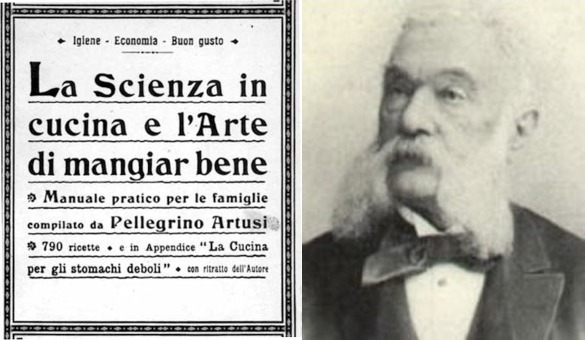
With political unification came changes in Italian society that helped Artusi’s book find its audience. Before L’Artusi, Italian cookbooks were written by, and for, the chefs of the aristocracy. They featured French influence and costly ingredients that did not reflect the diet of the majority, most of whom were unable to read and write. Adult literacy in Italy doubled in the first 40 years after unification, from 31 percent to 62 percent. Increased access to education coupled with economic prosperity resulted in a growing number of people who, Pirro says, “wanted to live like the aristocracy, but not quite as grandly.”
Italy’s emerging middle class had the means to entertain, but were more accustomed to eating their own local recipes rather than French cuisine. They also preferred the standard Italian that was being promoted in the young country’s schools over regional dialects. Artusi, with a national readership in mind, had written his recipes in the standardized language.
This new middle class saw themselves in Artusi’s book, which was printed in standard Italian, in a tone that was warm, down-to-earth, and accessible. “One need only know how to hold a wooden spoon” to become a cook, Artusi wrote. “Do not think for a moment that I would be so pretentious as to tell you how to make meatballs,” started his meatball recipe. Artusi’s conversational tone, says Pirro, is like “sitting on a train and somebody starts telling you all these kinds of stories, and you just want to hear the next one.”
In early editions, Artusi’s recipes were drawn from his home region of Emilia-Romagna and his adopted home of Florence. In later editions, he continually expanded his book with recipes readers submitted from their own regions. By the time Artusi died in 1911, the number of recipes in the book had swelled from 475 to 790. Although Artusi’s documentation of regional cuisines cannot be called comprehensive, his cookbook was the first to combine recipes from different parts of Italy in the name of a shared tradition. This struck a familiar chord with Artusi’s readers, who thought of themselves as Italians, but still cherished their regional differences.
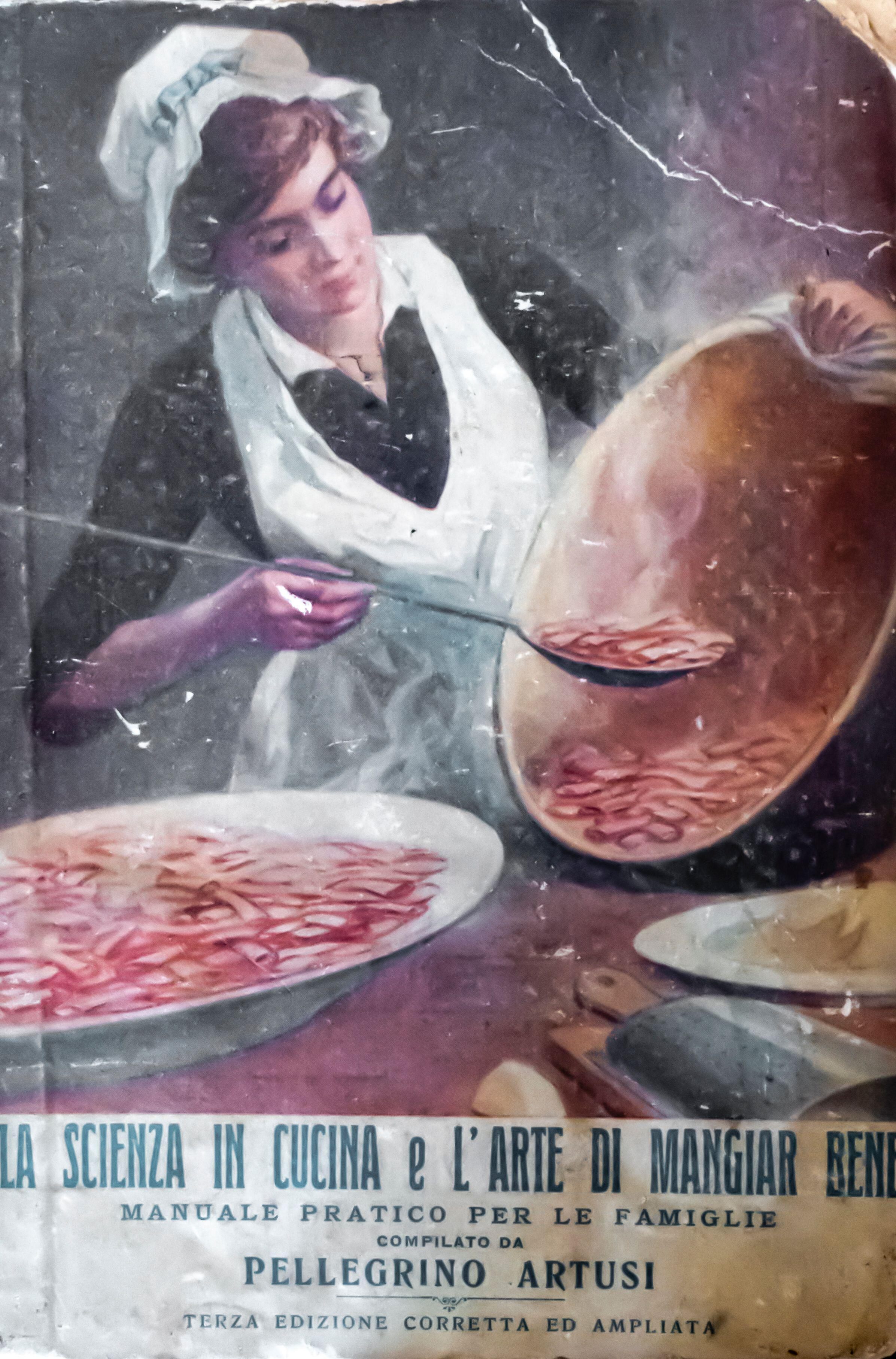
Scienza in cucina also appealed to the popular scientific interests of the time. “The science of cooking was what fascinated [Artusi] at the beginning,” says Pirro. Cristiano Turbil, a professor of the history of science and medicine at University College London, places Artusi’s cookbook in the context of the sanitary revolution of the late 19th century. People were becoming increasingly interested in health and hygiene, so demand for books on these topics was increasing. “Artusi was not only thinking about cooking and culinary culture, but was also engaging with the kind of scientific and medical culture that exists around Florence at the time,” Turbil explains.
Artusi was a personal friend of physiologist Paolo Mantagazza, whose scientific almanacs laid the groundwork for Scienza in cucina. Despite its title, Scienza in cucina is not a scientific book (Artusi rarely uses precise measurements), but the pages are peppered with medical and scientific information. In his signature conversational style, Artusi offers suggestions on how and when to eat certain foods for the best health effects, and champions a seasonal diet rich in vegetables and fruits. An explanation of the nutrition facts of egg white versus yolk is cited directly from a lecture Artusi attended.
Artusi’s goal, says Turbil, is “the classic two birds with one stone:” firstly, to present his collected recipes as a national Italian cuisine, but secondly, to encourage a more scientific and health-minded approach to eating. These two goals were closely connected. “‘Eating well’ will make you not only a better citizen, but a citizen that can contribute to the economy of your country,” says Turbil.
Today, food continues to be a key factor in Italian national identity. This has sometimes led to the portrayal of Italian food as a sacred and unchanging tradition. Since 2018, food historian Alberto Grandi’s assertions that many Italian dishes are recent inventions, derived from foreign influence, or both, have been met with outrage.
This fervor around preserving culinary tradition often comes with the implication of cultural superiority. In 2016, the city of Verona banned Middle Eastern restaurants in the historic center, claiming they were an eyesore and produced more waste than Italian establishments. The far right party Lega Nord has used “yes to polenta, no to couscous” as a slogan; ironic given that a recipe for couscous (cuscussù) appears in Artusi’s book. That means that couscous has been part of Italian cuisine longer than tiramisu, which was invented in the 20th century.
![Artusi's epitaph reads, in part: “in this his adopted city [Florence], he gave Italian unity to the regional linguistic variety in his famous book.”](https://img.atlasobscura.com/IboFvH4eDVGdn5NQM38UXf0jYa8okz9Jvh10EwS6zRY/rs:fill:12000:12000/q:81/sm:1/scp:1/ar:1/aHR0cHM6Ly9hdGxh/cy1kZXYuczMuYW1h/em9uYXdzLmNvbS91/cGxvYWRzL2Fzc2V0/cy80YzcxNjMyYzY2/NGQ5MjEwOWVfYXJ0/dXNpIDEuanBlZw.jpg)
Artusi was interested in establishing a national Italian cuisine. But he also knew that food changes over time, and he had a sincere interest in dishes from other countries. Artusi writes with enthusiasm about cooking African guineafowl, then only recently available in Italy, and Scienza in cucina includes recipes for German sauerkraut and English picion paio (“pigeon pie”).
In a section on eggplant, Artusi notes that “forty years ago, one hardly saw eggplant and fennel in the markets of Florence;” they were looked down on because of their association with Jewish cuisine. But Artusi was pleased to report that by the time of his writing, prejudice against these vegetables had disappeared. He also happily credits his couscous recipe to the Italian Jews, “two of whom,” he says, “were kind enough to let me taste it and show me how to prepare it.”
Above all, Scienza in cucina was born from Artusi’s boundless curiosity. His desire to understand, observe, and document everyday Italian cooking fed a hunger for a national cuisine shaped by contemporary ideals. As Artusi shuffled between the pen and the saucepans, he established a tradition that’s still proudly upheld.
Gastro Obscura covers the world’s most wondrous food and drink.
Sign up for our email, delivered twice a week.











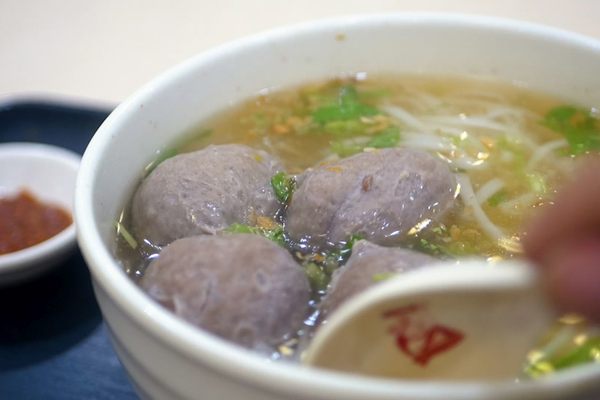
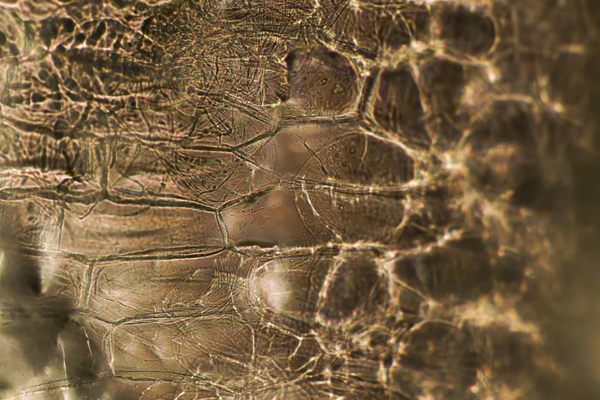



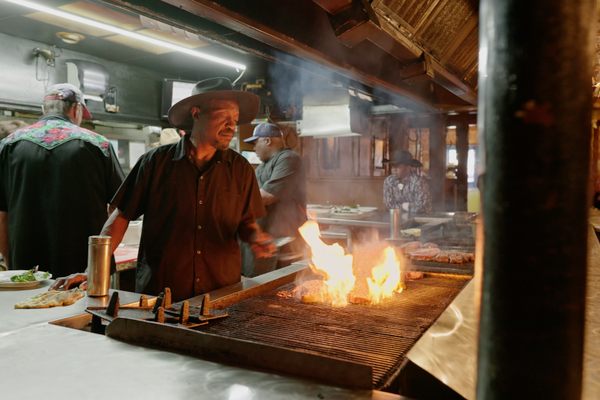
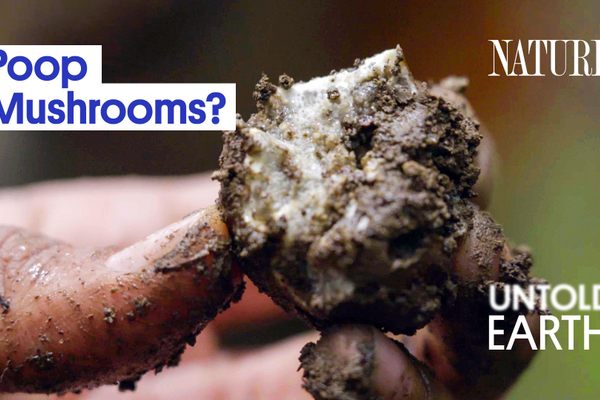







Follow us on Twitter to get the latest on the world's hidden wonders.
Like us on Facebook to get the latest on the world's hidden wonders.
Follow us on Twitter Like us on Facebook